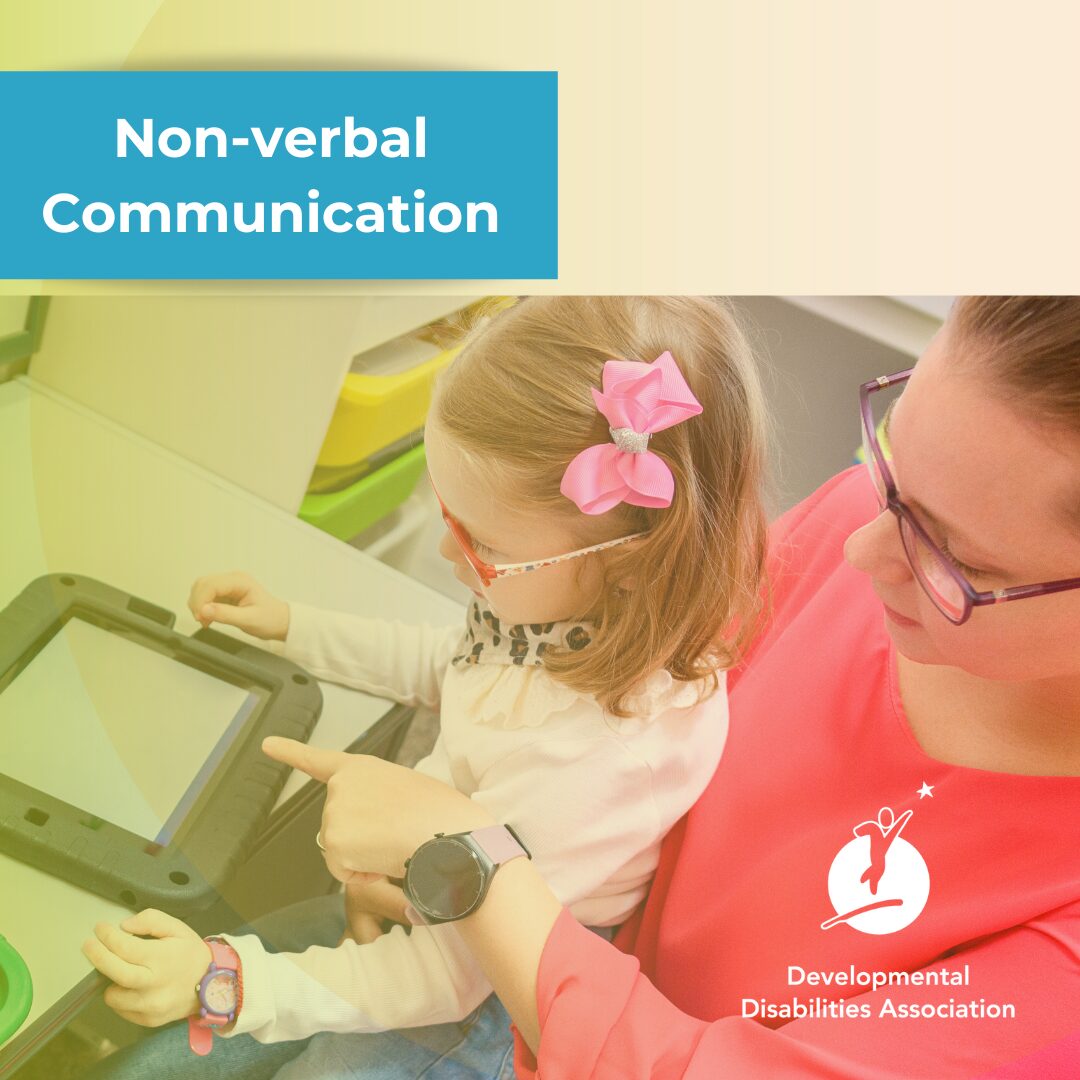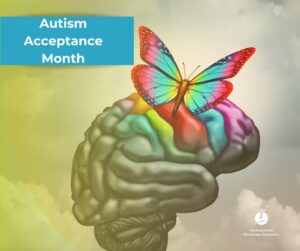Communication is a fundamental aspect of human interaction, enabling us to express our needs, thoughts, and feelings. For people who are non-verbal or have limited verbal abilities, finding alternative means of communication is essential for fostering connection, independence, and self-expression. Here are several types of communication that can help connect non-verbal people with caregivers and loved ones.
Eye contact, facial expression, body language, and touch are four important forms of communication for people who are non-verbal. Eye contact and facial expression can, naturally, show a range of emotions and intent. How you stand or even sit can also show how you are feeling. Touch as guidance, while ingrained in the human psyche, may not be appropriate in all cases if someone is uncomfortable with it. For more specific communication there are several ways to open doors and widen one’s horizon.
Simple ‘yes or no’ questions is a good way to approach someone with developmental disabilities who is non-verbal. Easier to understand and respond to, a yes or no only requires a nod of head shake as a response. Beyond that, using short, straightforward sentences can also lead to better understanding.
Augmentative and Alternative Communication (AAC) systems can be picture-based systems, such as the Picture Exchange Communication System (PECS). They use images to represent words or concepts, allowing individuals to communicate by selecting and exchanging pictures. This does not have to convey grand concepts, but may be used to help someone decided what they’d would like for dinner, for example.
American Sign Language (ASL) provides a visual and gestural means of communication for individuals who are non-verbal. ASL may depend on a person’s fine motor skills to define specific letters and terms, however, learning basic signs or incorporating simple gestures can enhance communication and facilitate interaction with non-verbal people. Caregivers and loved ones need to take the time to learn what small gestures might mean to the non-verbal person and this would need to be communicated to the person’s support team.
Visual aids, including visual schedules, communication boards, and social stories, provide visual cues and prompts to support understanding and communication. These tools can help individuals anticipate and navigate daily routines, express preferences, and engage in social interactions more effectively.
Assistive technology is getting better all the time as AI gets a foothold in many sectors. Devices such as speech-generating devices (SGDs) or communication apps offer voice output capabilities that enable non-verbal people to communicate using pre-programmed messages or by typing text.
Communication isn’t just about getting the words or meaning across. Building supportive communication partnerships involves active listening, patience, and respect for the person’s communication preferences and abilities. We must encourage meaningful interactions by providing ample response time, offering choices, and affirming their efforts to communicate, regardless of the technique or device used.



